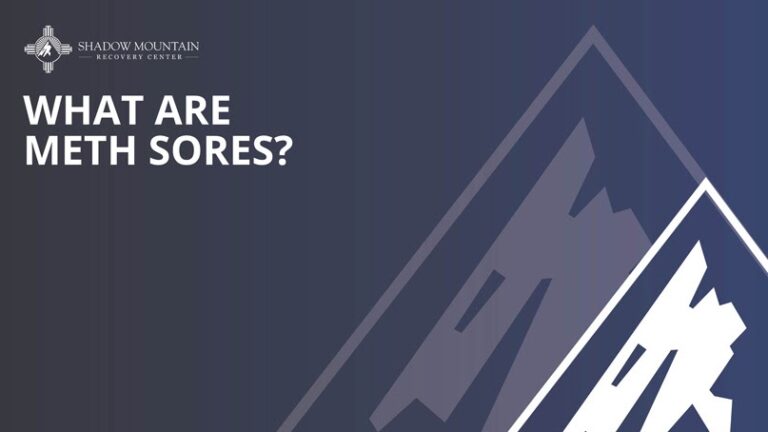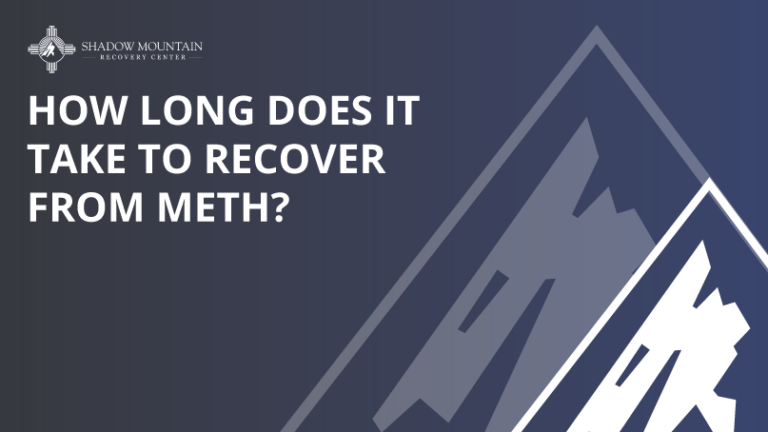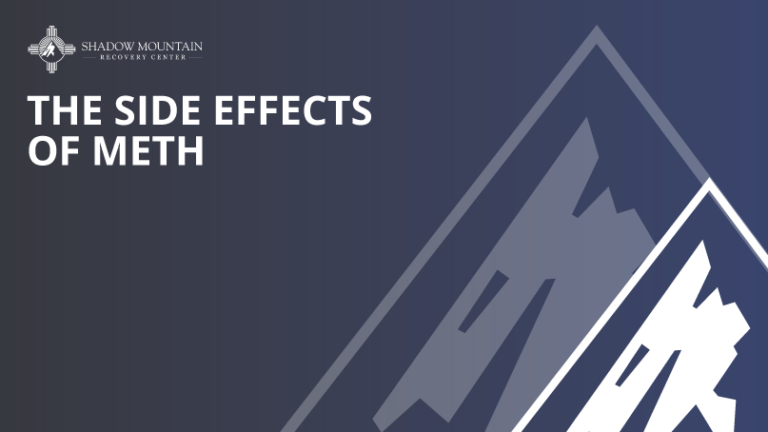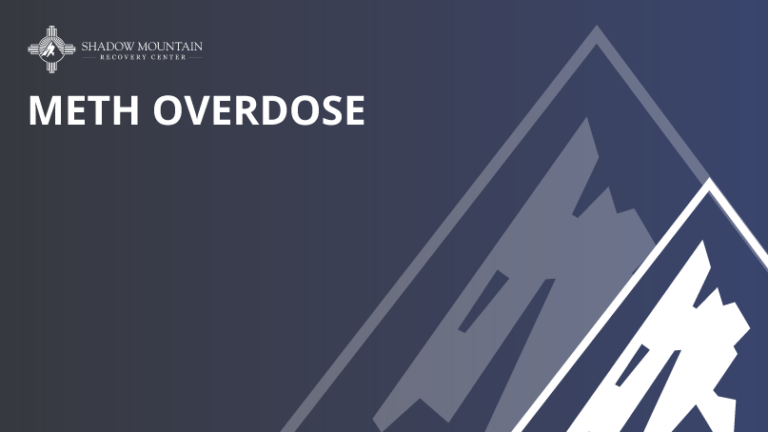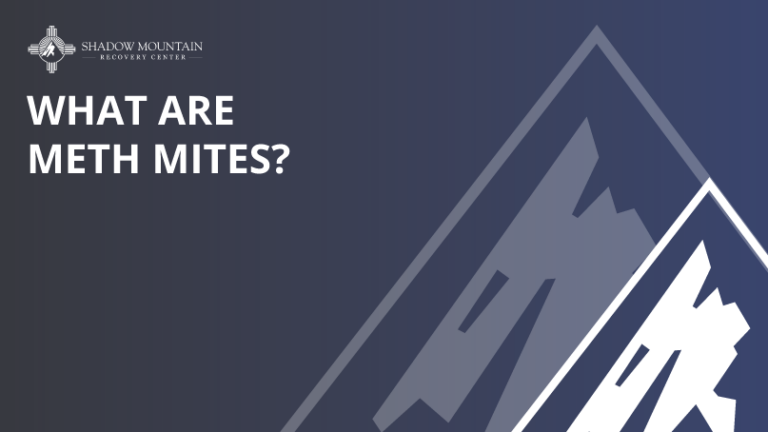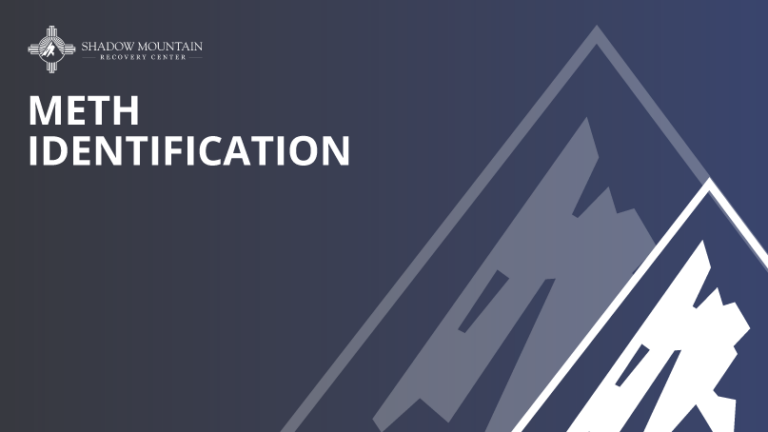Signs of Meth Addiction Recovery, and Relapse
Methamphetamine (known as meth, ice, crystal, crystal meth, and chalk) is an addictive stimulant that contains chemical properties that are similar in nature to amphetamine. Individuals who use this drug are in danger of becoming dependent on the drug. Meth is white in color, odorless, and bitter-taking. A crystalline power, this drug can be taken orally, snorted, smoked, or dissolved in a liquid like alcohol or water and then injected directly into the bloodstream. Regardless of which one of the methods are used, use of methamphetamine has an immediate and intense euphoria, risky behavior, cravings, a deficit in maintaining self-control, as well as brain dysfunction.
Statistics and Facts About Meth
- The amount of existing meth users who were at least 12 years of age older increased by more than 60 percent from 2010 to 2014. For the same exact age group and period of time, the number of new users increased by more than 70 percent.
- During 2015, there were almost 900,000 individuals at least 12 years of age who used methamphetamine. Of those individuals, 13,000 of them were between the ages of 12 and 17, while 128,000 were young adults between the ages of 18 and 25.
- There was nearly an 11 percent increase to over 130,000 from 2012 to 2013 in meth-related treatment admissions in facilities that were publicly funded.
- Across the nation, three percent of students in high school (9th through 12th grades) have claimed to use meth at least once.
- The occurrence of high school students (9th through 12th grades) who have used meth was 2.3 percent in females and 2.6 percent in males; 1.4 percent in African American females and 3.9 percent in African American males; and 1.8 percent in 12th grade females and 5.6 percent in 12thgrade males.
- Research has shown that over 15 percent of women who are pregnant that seek treatment for substance abuse do so for methamphetamine use.
Signs and Symptoms of Meth Use
A probable sign of meth use is specific drug paraphernalia that is scattered around your loved one’s space. For example, syringes are very common with intense meth use. You may also want to look for ballpoint pens with the insides removed or straws that are often used to smoke or snort the drug. Crumpled aluminum foil that has burn marks on it is often associated with meth use as well. Other signs to look for include burnt spoons as these are used to melt meth in water before it is injected into the bloodstream. Cigarette filters or small pieces of cotton are sometimes utilized to filter the liquid solution before injection, so look for these items, too.
The most common physical symptom of methamphetamine use is meth mouth, which is an oral condition. Researchers have determined that chronic use of meth can lead to reduced saliva production, extensive bruxism, bad mouth, and dry mouth. In turn, this can increase the overall risk of cavities, dental-related erosions, and periodontal lesions. Research shows that more than 70 percent of meth users experience dry mouth, 68 percent experience clenching of the jaw, and almost half have TMJ pain.
Excessive meth use can also lead to a physiological manifestation referred to as crank or meth bugs, which can cause individuals to incessantly pick at or scratch their skin. The use of meth increases the body temperature and the flow of blood to the skin, which can cause extreme sweating. Perspiration contains a certain enzyme that boosts the flow of blood the skin. When the sweat evaporates, it eliminates the sebaceous oil that usually protects the skin. The blend of sweating, dehydration, and loss of this oil creates a certain sensation that almost feels like bugs are crawling under or on the skin—known as formication. In some of the worst-case scenarios, meth abusers will use razor blades, knives, or scissors to try to remove these “bugs”, creating meth sores or open wounds at the risk of a severe infection.
Additional Physical Symptoms
Individuals who use meth may experience a variety of additional symptoms apart from the ones mentioned above. These include the following:
- Nausea, vomiting, or diarrhea
- Headache
- Elevated body temperature
- Increased blood pressure
- Increased breathing rate
- Sleeplessness
- Extreme weight loss
- Loss of appetite
- Respiratory abnormalities
- Unmanageable jaw clenching
- Collapsed nasal cavity or nosebleeds
- Vision impairments
- Eye damage
- Impaired immune system
- Impaired sexual motivation and performance
- Reproductive health issues
- Blood clots
- Microvascular hemorrhage
- Liver damage
- Kidney disorders
- Tremors
Meth Recovery and Detox
It isn’t at all uncommon for heavy meth addicts to lose their families, become homeless, go into bankruptcy, or even end up incarcerated. Many addicts will even become suicidal because they are overflowing with self-hatred and depressed, though they are just unable to stop using the drug. Even if they fail to act on the suicidal impulse, suicidal thoughts can be devastating. Rather than getting the treatment that they need, many addicts turn to more meth.
Recovery from meth addiction includes both pharmacological as well as psychosocial interventions in addition to community-based prevention. Research has shown that the most effective pharmacological treatments are those that are associated with the administration of naltrezone, bupropion, and modafinil. Psychosocial interventions tend to be most effective when they are done on a short-term basis, and community-based preventions have been shown to be beneficial in some cases. The majority of inpatient treatment programs use a combination of therapies and strategies that have been backed by scientific research.
While there are some physical symptoms that accompany meth withdrawals, the psychological side effects can be rough and present a significant barrier to an addict’s overall recovery. Meth cravings can be quite intense, and when they are combined with psychological lows, relapse is often the result. Some meth withdrawal symptoms include the following:
- Fatigue
- Sleeping for multiple days at a time
- Intense cravings
- Increased hunger
- Lethargy
- Anxiety
- Aggression
- Irritability
- Severe depression
- Paranoia
- Suicidal thoughts
The process of getting oneself clean after being addicted to a drug like meth is difficult, and it definitely isn’t one that is recommended to be taken on alone. The longer that an individual uses, the more difficult it is to undertake the meth treatment program, and this includes overcoming extreme bouts of meth-related depression. The best possible way to undergo meth detox is at a licensed detoxification facility where you will be under constant supervision of medical professionals, where there is no access to meth or other intoxicating substances.
Once a meth addict finishes treatment, loved ones may feel as though they are able to calm down and stop worrying so much. However, while you may be able to start seeing the light at the end of the tunnel, things are not back to normal by any means. It is important to understand that meth addiction is incredibly difficult to fully conquer and it is possible for relapses to occur. Therefore, it is imperative that you be aware of the signs and symptoms of relapse so that you can intervene when necessary and get professional assistance.
Signs of Potential Relapse
Skipping Meetings – Once an individual has attended 12-step meetings for several weeks or even months and remained sober for that time, they may believe that they no longer need to attend the meetings. This is a very big mistake, and it is also one of the first signs that the individual is on the path toward a relapse.
Spending Time with Old Friends (Addicts) – It is always tough to get rid of old friends, and this often results in recovering meth addicts using again. When an addict who is recovery is tempted to get in touch with old drug-using friends, it is important for that impulse to be kept under control; otherwise, a relapse could be triggered.
Defending One-Time Use – In some cases, recovery meth addicts think that using meth one more time is okay. Some believe they’re able to handle it, but that one use can be enough to put them right back on that vicious addiction cycle that they were on before, resulting in those hard years of work to get sober to go right down the drain.
Using Alcohol or Other Types of Drugs – Recovering addicts often believe that are able to smoke a joint, consume alcoholic beverages, or even take a few painkillers; however, this is just substituting a drug for another drug. Oftentimes, individuals who do this gravitate toward more frequent use of the alternate drug prior to relapsing to use of meth.
Throughout inpatient treatment, clients have access to professional medical assistance anytime that anxiety or depression is experienced. Hopefully, individuals learn and retain various methods for dealing with emotions as well as triggers that can lead to relapse. As soon as an individual enters into recovery for addiction, there are many ongoing challenges that a person must face. For the majority of former meth addicts, it is difficult to deal with the multiple realities that are associated with a long-term life that is free from methamphetamine. Luckily, regardless of the challenges and damage that meth has caused for an addict and the addict’s friends and family, it is entirely possible to take back life after addiction.
To learn more, please give us a call at Shadow Mountain Recovery to find out how we can help you.


